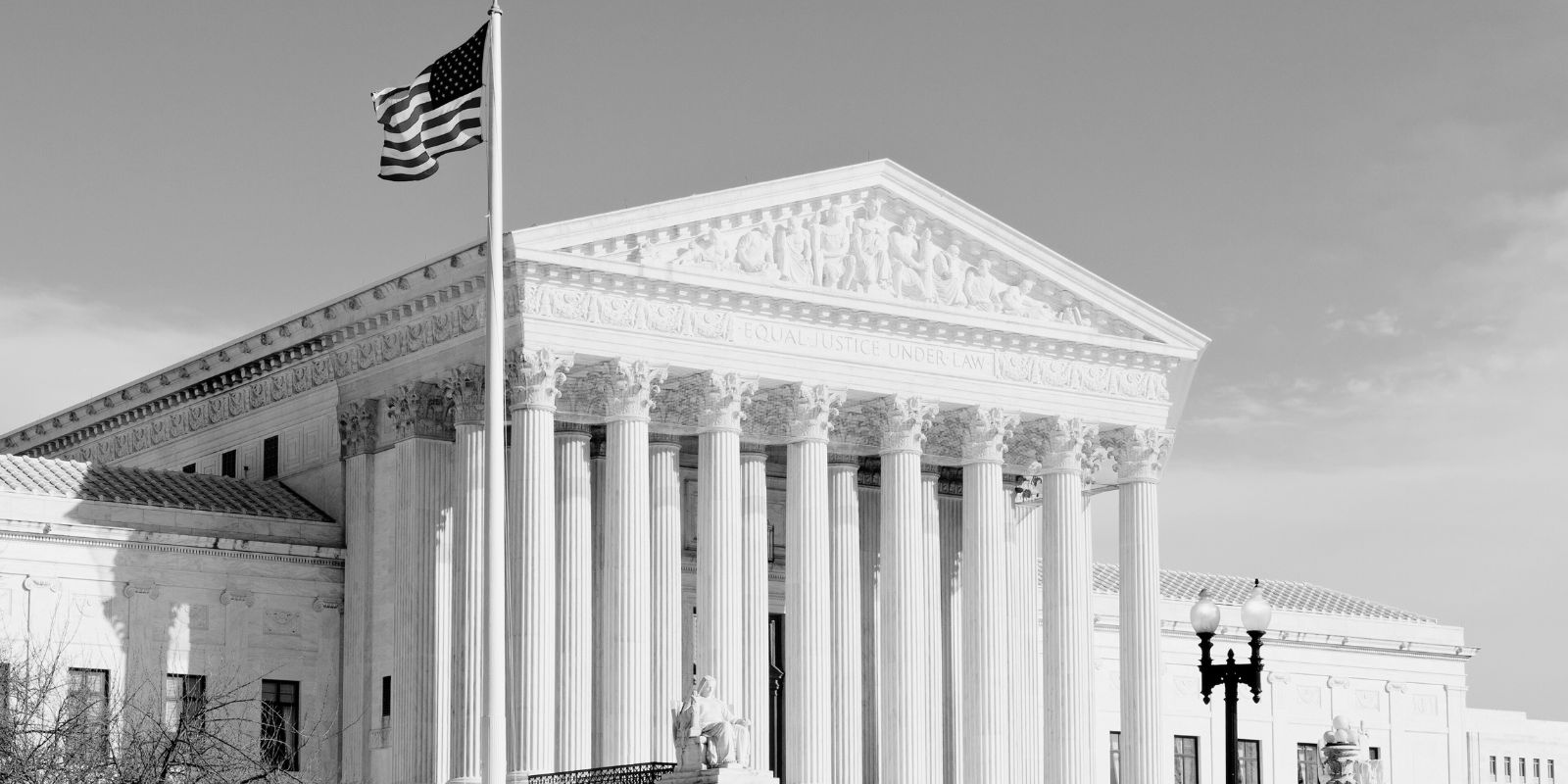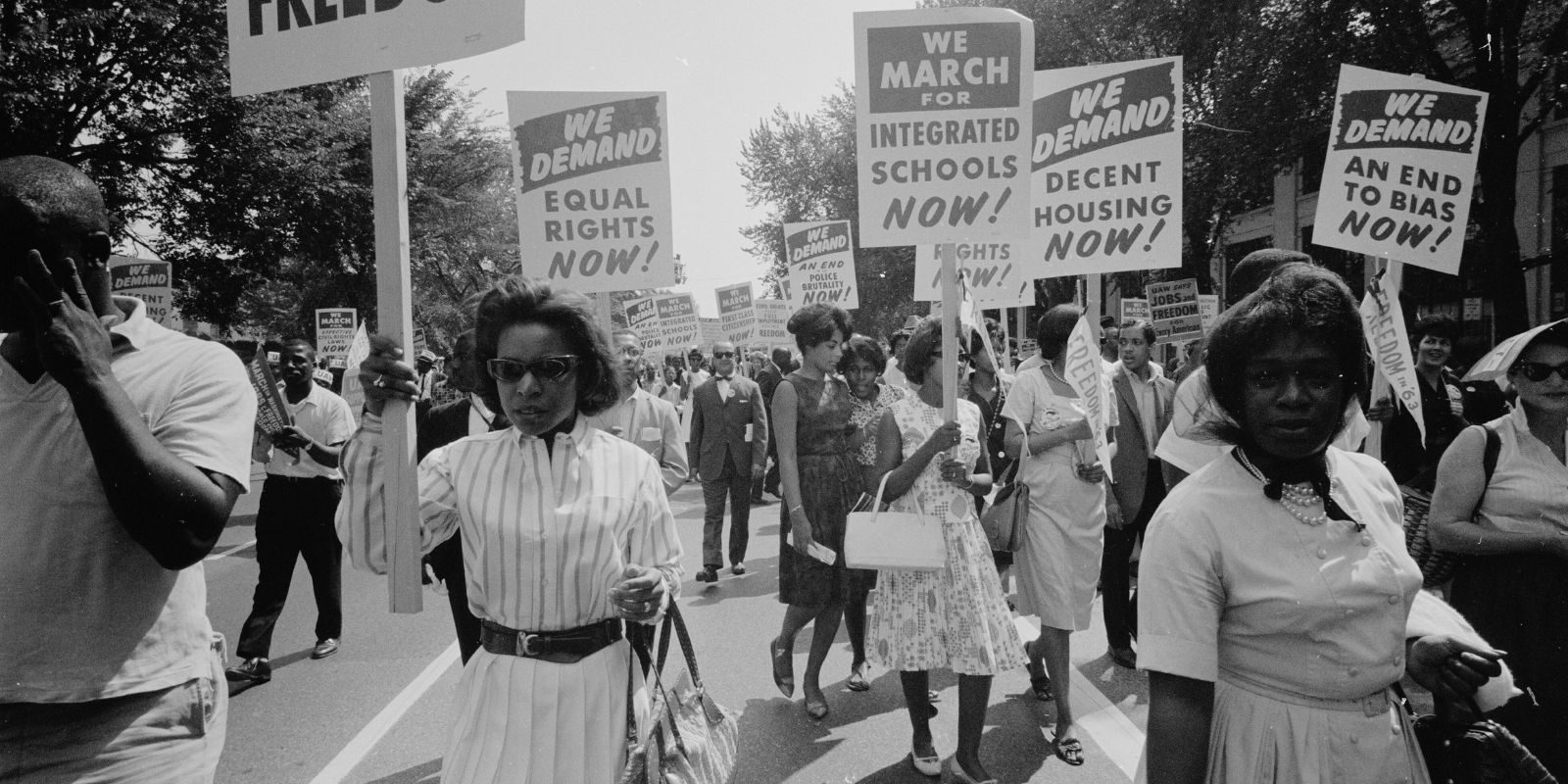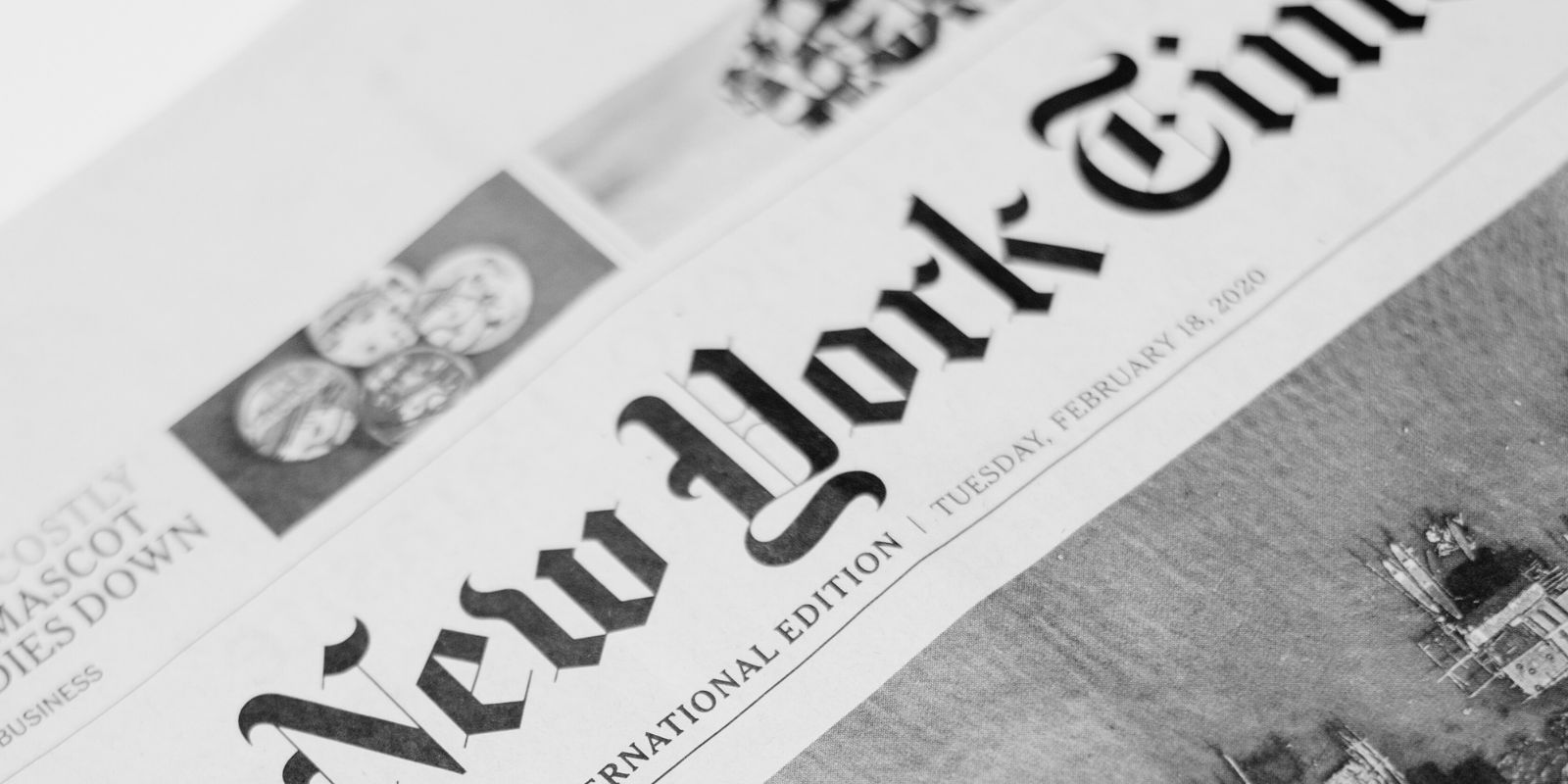July 4th: The Declaration of Independence Adopted & Statue of Liberty Gifted
What Happened On July 4th?
July 4th stands as a key date in American history, symbolizing both the nation's birth and a lasting international friendship. On this day in 1776, the Continental Congress adopted the Declaration of Independence, asserting the American colonies' right to self-governance and freedom from British rule.
More than a century later, on July 4, 1884, France gave the United States the Statue of Liberty, symbolizing liberty and the strong bonds between the two nations. Both events, occurring on the same date, highlighted the enduring values of freedom and solidarity that defined the American spirit.
A Declaration of Defiance
Months of rising tensions with Britain led to the Declaration of Independence. The battles of Lexington and Concord in April 1775 had ...











